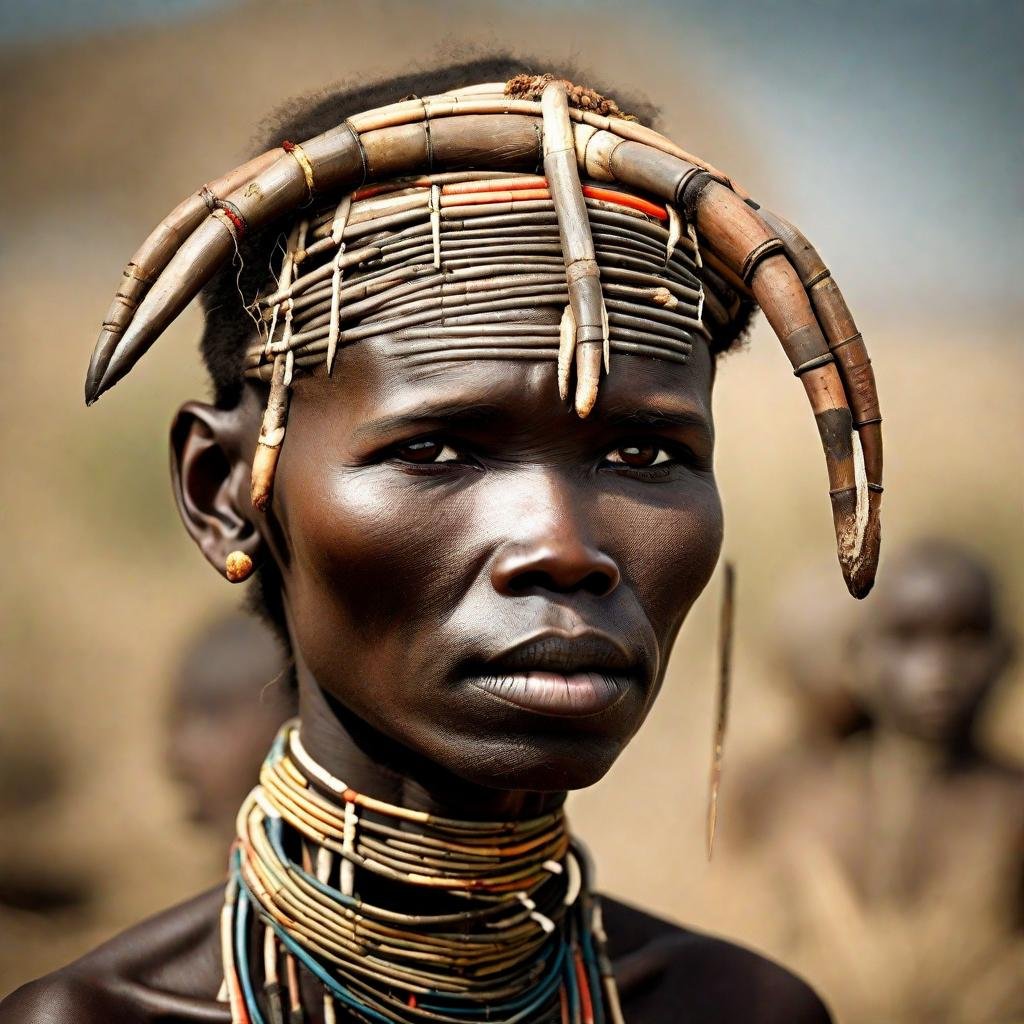In the heart of Kenya’s Turkana, where the whispers of the wind carry stories spanning millennia, an extraordinary discovery has re-weaved the fabric of our understanding of human evolution—the Turkana man. This archaeological gem nestled in a rugged landscape provides a unique lens through which we can peer into the distant corridors of time, uncovering the secrets of our ancestral journey. Join us in this wide-ranging exploration as we uncover the significance, historical context, and scientific implications of the Turkana man, inviting you to walk in the footsteps of our ancient ancestors.

Importance of Turkana Man:
Turkana man, formally known as Homo ergaster or Homo erectus, represents an important milestone in the human evolutionary timeline. Discovered in the Turkana Basin, this collection of hominid fossils dates back to approximately 1.9 million years ago, placing it in the Pleistocene epoch1. What distinguishes Turkana humans is its unique combination of physical characteristics—a bipedal stance, reduced tooth size, and increased brain size—which marked a significant change in the evolution of our species.
Archaeological Treasure Fund:
The Turkana Basin, a vast region of East Africa, has proven to be a rich storehouse of Palaeolithic wonders. The archaeological site where Turkana humans were discovered has yielded fossils, tools, and environmental clues. Careful excavation and analysis of these artifacts has allowed scientists to reconstruct not only the physical characteristics of our ancient ancestors but also their behavioral patterns, dietary habits, and adaptations to constantly changing landscapes.
Adaptation and Evolutionary Insights:
As we examine the fossils of Turkana humans, we gain deeper insight into the adaptive strategies that allowed our ancestors to thrive in diverse environments. The transition from a more ape-like anatomy to the upright posture of Homo ergaster marked a critical moment in our evolutionary history. This adaptation not only facilitated efficient bipedal locomotion but also opened up new avenues for tool use, communication, and social interaction—cornerstones in the evolution of complex societies.
Cultural and environmental context:
Beyond bones and tools, Turkana humans provide a window into the environmental challenges our ancestors faced. By examining layers of sediment and the associated flora and fauna, researchers reconstruct the ancient landscapes and climates that shaped the life of Homo ergaster. The fluctuating conditions of the Turkana Basin, from lush grasslands to arid expanses, played an important role in the adaptive strategies and evolutionary paths adopted by our ancestors.
Implications for human development:
The Turkana Human, with its evolutionary significance and the richness of data surrounding its discovery, provides an important puzzle piece in the broader mosaic of human evolution. The study of Homo ergaster not only helps us understand our ancestry but also sheds light on the interconnectedness of all life on Earth. This research has implications beyond anthropology, affecting fields such as paleontology, paleoclimatology, and comparative anatomy.
At the conclusion of our journey into Turkana, we find ourselves standing at the crossroads of time, looking backward to understand the complexities of our ancient past. This detailed exploration has highlighted the importance of this archaeological marvel, providing a nuanced understanding of our evolutionary journey. The Turkana Human serves as a bridge that spans the ages, connecting us to the resilient creatures who once roamed the East African landscape and left an indelible mark on the tapestry of human history.
Here are some specific years and data points related to Turkana humans:
Turkana human fossil discovered:
The first Homo ergaster fossil was discovered in 1975 by Richard Leakey and his team in the Turkana Basin.

Dating of Turkana humans:
The Turkana human fossils are estimated to be approximately 1.9 million years old, placing them in the Early Pleistocene Epoch.
Turkana Basin Research:
Ongoing excavations and research in the Turkana Basin continue to provide valuable data. Recent studies through 2022 have focused on refining our understanding of Homo ergaster’s behavior, diet, and adaptation to changing environments.
Nariokotome boy:
One of the most important Turkana human specimens is the nearly complete skeleton of a juvenile Homo ergaster, known as Nariokotome Boy. The skeleton was discovered in 1984 and provides detailed information about the anatomy


